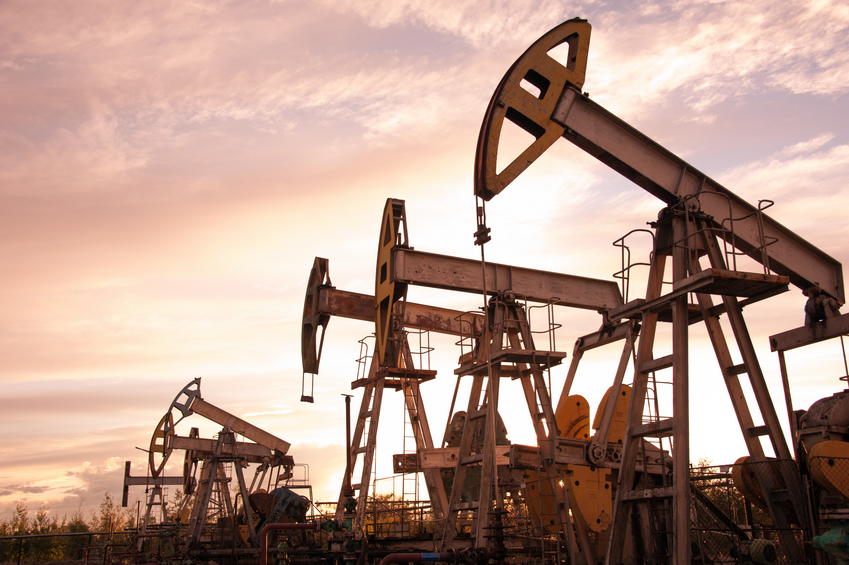Liquefied Natural Gas (LNG) - Thermodynamics and Liquefication Systems Part 2

This online engineering PDH course provides a comprehensive understanding of thermodynamic concepts and the application of thermodynamic software for in-depth analysis.
The course provides a valuable opportunity for individuals to enhance their knowledge and skills in the field of thermodynamics, empowering them to optimize the performance and efficiency of their respective systems. This course introduces using thermodynamic software instead of charts for performing thermodynamic analyses. Such software is much more time efficient, accurate, and flexible, allowing the learner to dive deeper into their understanding of the field of thermodynamics. The focus is on broadening the scope of understanding thermodynamics, including topics such as pump and compressor efficiencies and various facets of thermodynamics that would not be adequately explained without the use of thermodynamic software.
This 9 PDH online course is applicable to petroleum, chemical and mechanical engineers, as well as other professionals involved in the design, operation, and maintenance of air conditioning, refrigeration, and other thermodynamic systems.
This PE continuing education course is intended to provide you with the following specific knowledge and skills:
- Understanding how to use thermodynamic software, including solving problems, applying the software to solve liquefying mixtures of natural gas
- Understanding how the software can show deviations from ideal gas solutions
- Learning to apply thermodynamic software to plant operations
- Understanding how and why recondensers work
- Determining the horsepower requirements and heat added to fluids of LNG pumps, compressors, and cold blowers
- Understanding the heat requirements of vaporizers, and analyzing temperature and power requirement changes as LNG and/or BOG mixture composition changes
- Familiarizing with reinforcement exercises, including the analysis of positive displacement compressors, BOG compressors with varied inlet pressures, boiler feed water pumps,recondensers, flash output compositions, the mixing of two fluids, velocities downstream of a JT valve, pressure and temperature changes downstream of a compressor due to fluid mixture composition changes, the relationship between height of liquid in LNG tank and BOG production, and the BOG produced due to a change of LNG tank pressure
- Knowing an in-depth understanding of three stratification modes resulting in LNG rollovers
Upon successful completion of the quiz, print your Certificate of Completion instantly. (Note: if you are paying by check or money order, you will be able to print it after we receive your payment.) For your convenience, we will also email it to you. Please note that you can log in to your account at any time to access and print your Certificate of Completion.